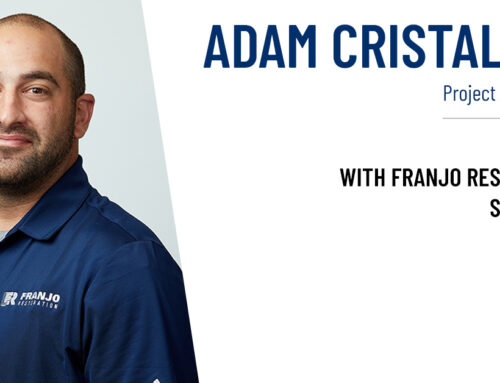Let’s face it. No one wants to deal with a sewage backup, but it happens. The best thing a property owner can do is ensure the sewage system is maintained. Often, these are simple measures you can take to prevent one of the most costly types of damage to your property.
A sewage backup not only causes potential flooding, but it introduces biohazards and chemicals into the home as well. As if the idea itself isn’t enough to warrant diligent prevention measures, a sewage backup is not usually covered by insurance. Even with homeowner’s and flood insurance policies, you may be left to cover all expenses. This can include repairs, cleanup, camera snaking, the cost of damaged items such as appliances, carpets, and drapes; and potentially food and lodging during the repair/cleanup process. Fear not though, as we have outlined the causes and prevention tips below.
Proper maintenance of the sewer line is key. This is also referred to as the lateral. It’s a pipeline between your home and the city’s main sewer line, and the responsibility of maintaining it falls to you, the property owner. Maintenance involves simple everyday things such as:
- Use 1-ply toilet paper. It dissolves more quickly than 2-ply or plush tissue. When it doubt, select one that says “Septic and Sewer Safe” on the label.
- Limit food particles down the drain. Scrape as much as you can from your plates into the garbage can before washing or putting into the dishwasher. Even with a garbage disposal system, food going down the drain increases the chances for buildup.
- Don’t put these foods into the garbage disposal. Each of these groups offers a different form of damage to your disposal system and/or your sewer line, which can lead to a sewage backup:
- Eggshells (nope. They do not sharpen the blades)
- Coffee grounds
- Fibrous foods like celery or corn husks
- Starchy foods like potatoes, pasta, rice, beans, and legumes (they expand/swell when wet)
- Don’t pour fats, oils, or grease (FOG) down the drain. For FOGs that are solid when cooled, such as butter, lard, fat, and grease, allow them to cool and throw the solids into the garbage can. Then wipe any remnants with a paper towel and throw away before washing. For oils, wipe the pans with a paper towel and toss them before washing.
- Proper disposal of napkins, paper towels, wipes, hygiene products, etc. These take much longer to break down, and Captain Obvious here – they absorb water and expand.
- Wipes labeled as flushable? Nope. Some dissolve more quickly than others, but the short answer is – don’t flush them. Take it from New York City’s Department of Environmental Protection, who according to GreenAmerica.org, “had to clear over 2,000 fatbergs and reports that “flushable” wipes make up 90 percent of the clogs” in 2018.
This last tip is specific to those who have a “Pittsburgh Potty” – flush it daily! If you don’t know what a Pittsburgh Potty is, you probably don’t have one. It’s a toilet, and often a showerhead too, that were installed in the basement. Decades ago when our region was full of steel mills, workers would come home and go straight to the basement. They’d shower off the dirt and soot of the day before entering the cleanliness and comfort of the rest of the home.
While they have not been part of new home construction for some time, many older homes in the region still have them. In most cases, it also means the sewer system has probably not been dug up and replaced either. In effect, the occupants’ habits are much different but the system is the same. It needs that daily flush of pressure to keep things flowing the way they should. Flushing your Pittsburgh Potty every day may be essential to prevent a sewage backup in your home.
Remembering to do things can prevent a lot of headaches for you and your family. If you’re experiencing early signs of sewage backup, don’t hesitate to call your restoration experts here at Franjo Restoration.




